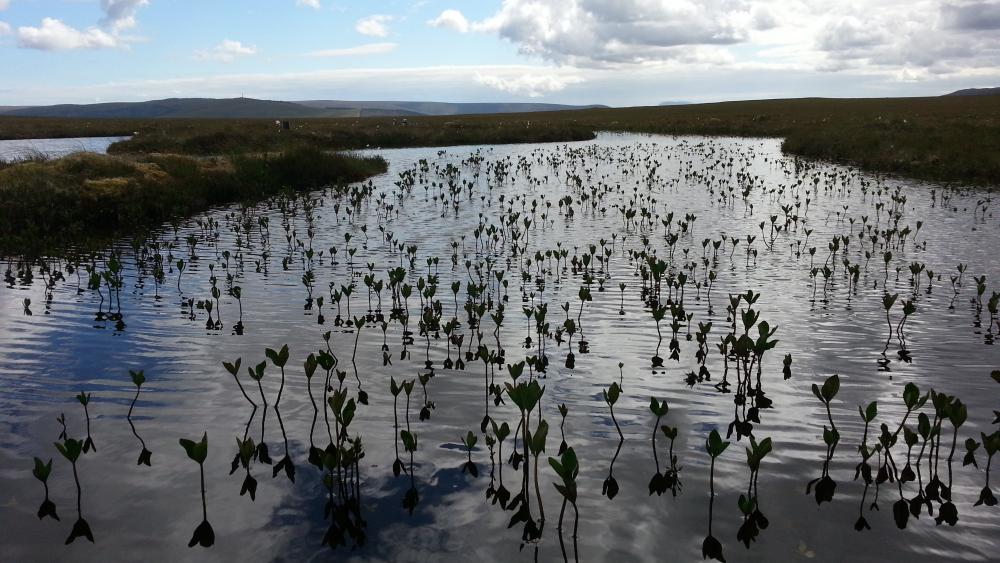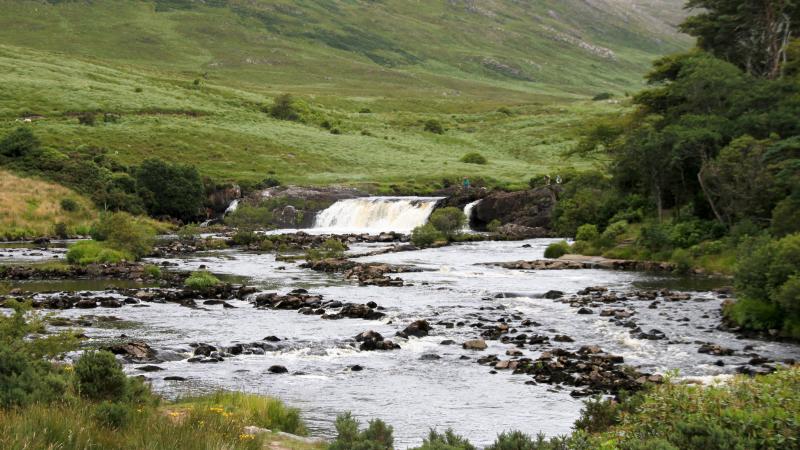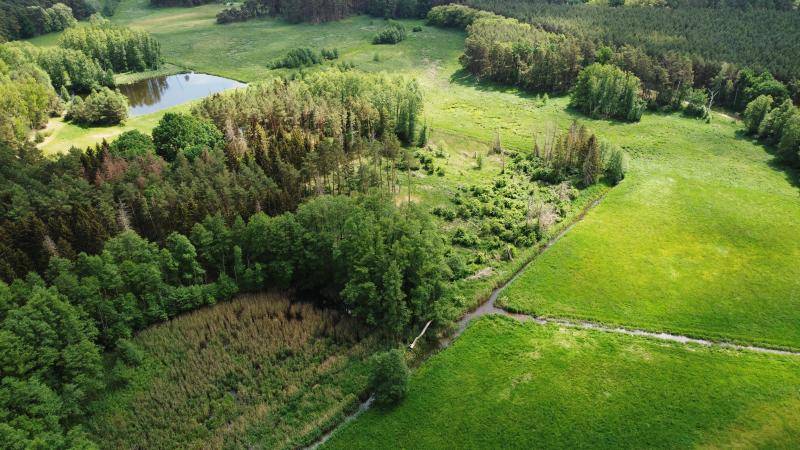
Peatland in Scotland. Photo: Dominik Zak
The Ramsar Convention on Wetlands is an international treaty for the conservation and sustainable use of wetlands. It is named after the city of Ramsar in Iran, where the Convention was signed by 21 founder states. Actually, 169 states have ratified this treaty. Wetlands are crucial ecosystems and seriously endangered.
Fens and wetlands are important habitats, especially for waterfowl. A very fascinating water bird which is depending on extreme wetland types is the flamingo.There are six different species worldwide, including the Greater and the Lesser Flamingo. Lesser Flamingos (Phoeniconaias minor) are food specialists and and live on cyanobacteria and algae. They are perfectly adapted to the extreme conditions of tropical soda lakes and can even withstand the corrosive effects of brine. Lothar Krienitz, for many years a scientist at IGB, has written down his knowledge about Lesser Flamingos. The recently published non-fiction book "Descendants of Phoenix" provides detailed insights into the life of these mysterious waterfowl.
Wetlands also play a crucial role in the global carbon cycle; Peatlands for example, particularly prevalent in northern Central Europe, were drained for agriculture or to exploit peat for fuel. We now know that peatlands are the most efficient carbon sinks that terrestrial ecosystems have to offer. What’s more, they are also biodiversity hotspots. As a result, peatland restoration plays an important role in protecting the climate and biodiversity. Read more about it in our press release: "Peatlands: at times dreadful, but above all dreadfully important."




